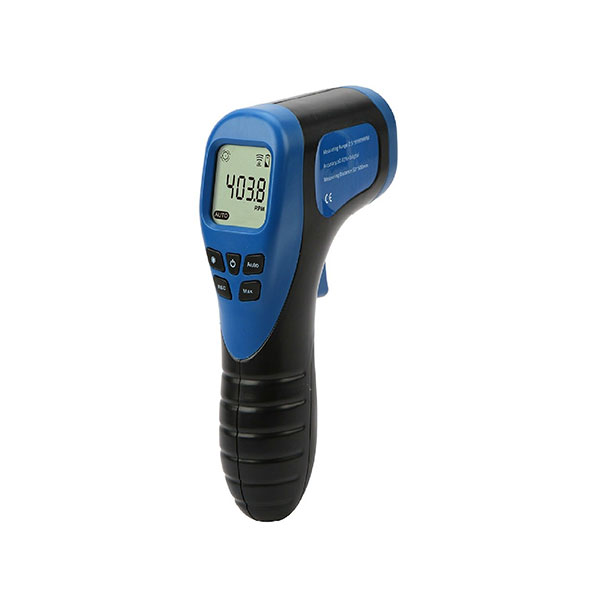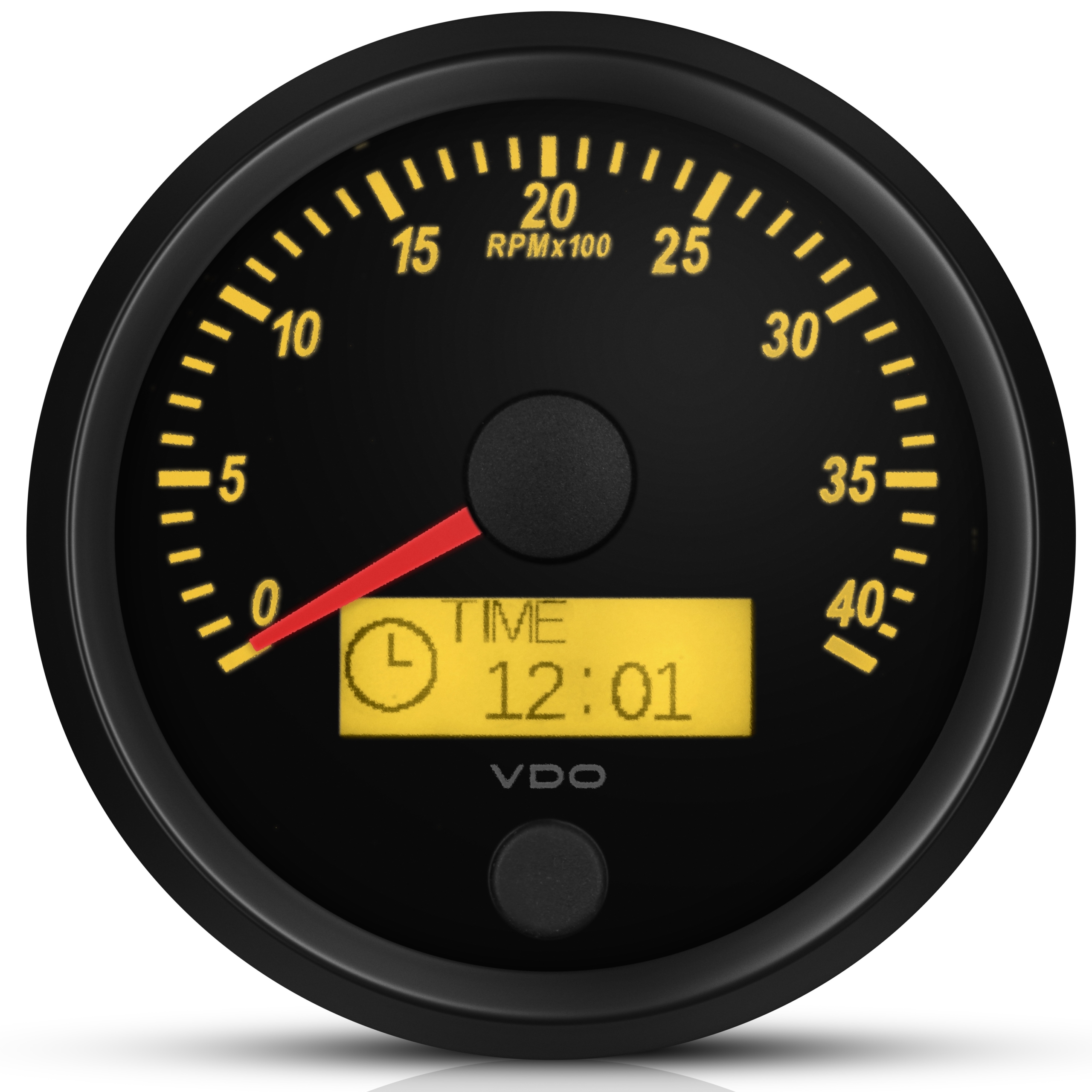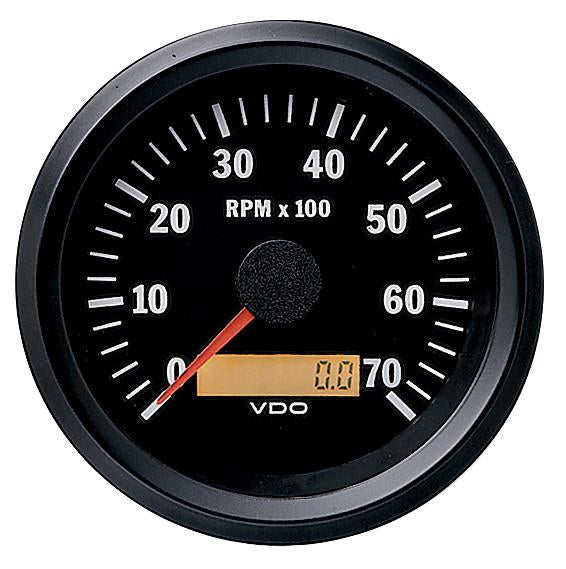Comprehensive Guide to Comprehending and Using a Tachometer Properly
Comprehensive Guide to Comprehending and Using a Tachometer Properly
Blog Article
The Value of a Tachometer in Checking Engine Speed and Performance in Automotive Applications
In the world of auto engineering, the tachometer stands as a critical tool in the motorist's collection, giving a direct window into the internal operations of a lorry's engine. Past its function as a simple scale of transformations per minute (RPM), the tachometer serves as a crucial device for lovers and experts alike, offering real-time understandings into engine performance and health. Recognizing the relevance of this device goes beyond surface-level monitorings, delving into the intricate relationship between engine speed, power output, and general driving experience. As we check out the diverse function of the tachometer in auto applications, a deeper recognition for its influence on car characteristics and efficiency starts to arise.
Importance of Keeping An Eye On Engine RPM
Monitoring engine RPM, or revolutions per min, is an important element of vehicle maintenance and performance assessment. Engine RPM straight correlates with the rate at which the engine's crankshaft revolves, showing just how swiftly the engine is running.
Moreover, monitoring engine RPM is vital for efficiency evaluation in auto racing and high-performance vehicles. In summary, monitoring engine RPM is not just vital for finding problems but additionally for optimizing engine efficiency in different automobile applications.

Benefits of Real-Time Data
In vehicle applications, real-time information plays a vital duty in providing instantaneous understandings into the performance and condition of the lorry. By continually keeping an eye on various criteria such as engine rate, temperature, gas intake, and extra, real-time data provides various advantages that add to enhanced efficiency and security on the road.
One considerable benefit of real-time information is its ability to alert motorists and professionals to any kind of abnormalities or problems quickly. This positive strategy enables fast recognition of potential troubles, permitting timely interventions to protect against more damage or break downs. Additionally, real-time data helps with performance optimization by offering prompt feedback on driving behaviors and engine efficiency. Drivers can readjust their actions in real-time based on this details to attain far better gas economic situation and lengthen the life expectancy of their automobile.

In addition, real-time data plays an important role in modern-day auto diagnostics, enabling technicians to swiftly detect and deal with breakdowns. This results in minimized downtime, lower maintenance expenses, and eventually, improved general vehicle integrity and longevity (tachometer). By utilizing the power of real-time information, automotive stakeholders can make enlightened decisions that favorably impact both the efficiency and durability of the vehicle
Effect on Equipment Shifts
Reliable equipment shifts in automobile applications dramatically influence overall performance and driving experience. The tachometer plays a critical duty in enhancing equipment changes by giving real-time engine rate data to the driver. When approaching the redline on the tachometer, it signifies the vehicle driver to upshift to avoid over-revving the engine and causing potential damage. On the various other hand, downshifting at the best minute can assist keep the engine in its power band, making certain responsive acceleration when needed.
In addition, the tachometer help in achieving smoother equipment changes, especially in manual transmissions. By checking engine rate, chauffeurs can carry out gear changes at the ideal RPM array, minimizing snagging motions and minimizing wear on the like this transmission components. This precision on duty adjustments not just improves driving comfort yet also adds to fuel performance.
Enhancing Fuel Effectiveness
Provided the essential role the tachometer plays in enhancing gear changes for efficiency and engine wellness, it directly adds to maximizing fuel effectiveness in automobile applications. By providing real-time responses on engine speed, the tachometer assists chauffeurs in keeping one of the most effective RPM range for fuel economy. When chauffeurs continually keep track of the tachometer and readjust their driving routines appropriately, they can stay clear of unnecessary fuel intake brought on by over-revving or hauling the engine.
In addition, the tachometer aids motorists determine the most fuel-efficient gear to be in at any provided minute, protecting against the engine from functioning more challenging than read here essential. In conclusion, the tachometer serves as a useful device in improving fuel effectiveness by advertising ideal driving behaviors and recognizing areas for renovation in the car's efficiency.

Making The Most Of Engine Durability
The tachometer's function in checking engine rate and efficiency is instrumental in making certain the durability of auto engines. Keeping an eye on the tachometer permits drivers to stay within the advised RPM array for their lorry, stopping unnecessary pressure on the engine and prolonging its life expectancy.

Conclusion
Finally, the tachometer plays a crucial function in keeping track of engine speed and performance in auto applications. By supplying real-time data on RPM, it enables for efficient gear shifts, enhanced gas efficiency, and made the most of engine long life. This tool is essential for discover this info here preserving optimal engine performance and ensuring the overall performance of a lorry.
Report this page